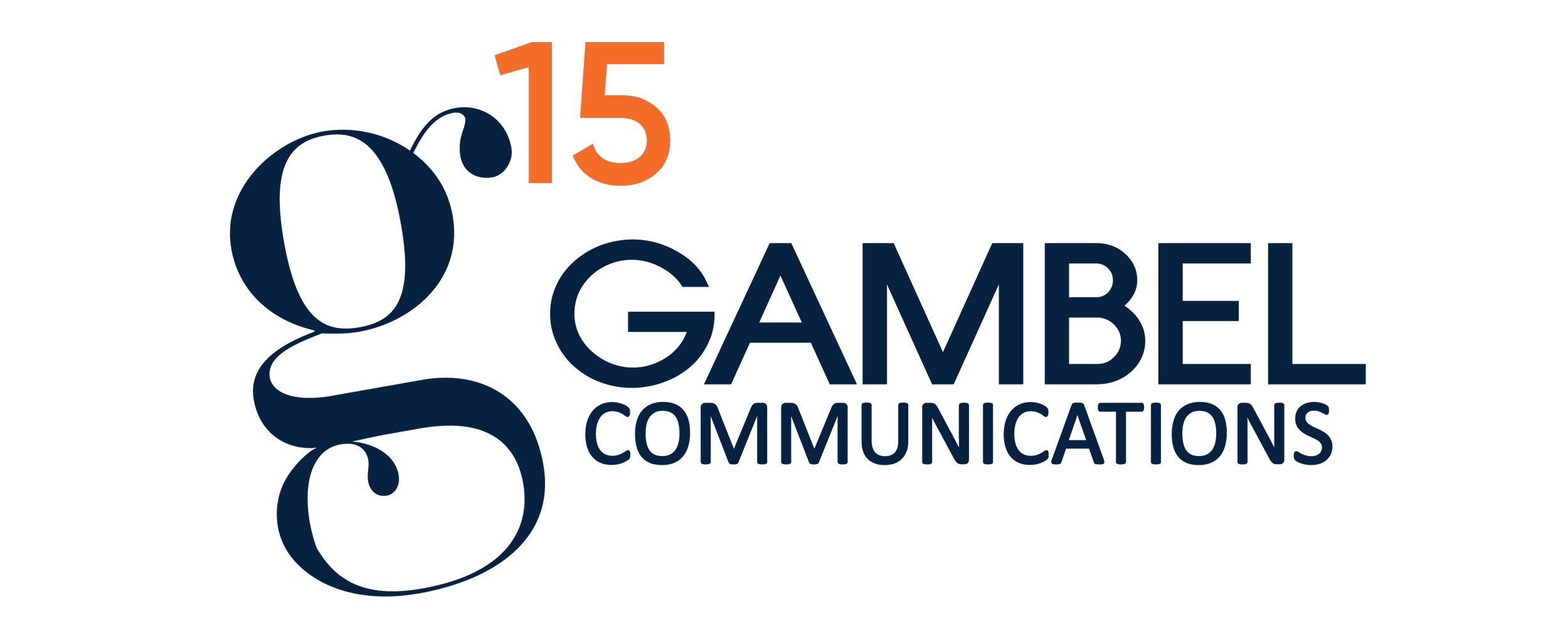What’s in Your Handbag? The Female Factor in Philanthropy
Our public relations firm takes philanthropy very seriously and considers it an important part of our client strategy. Almost without fail, cause marketing plays an integral role in our marketing plans, recognizing that “doing good is good for business.” But more than good for business, investing in one’s community is the right thing to do.
Perhaps this mantra stems from my nonprofit background, having worked in the nonprofit arena for almost 20 years and having chaired countless fundraisers. Philanthropy is part of my DNA, so naturally it is integral to my firm’s brand.
Since my company is all female, I began to wonder if we were the exception or the rule. Do other women feel the same way we do?
The Female Factor
To find out how women factor into the giving equation, I did not have to look far for evidence. Last year, the Greater New Orleans Foundation introduced a female giving first: IMPACT 100 — a select group of 100 women who committed $1,000 each to make a single $100,000 transformative grant to a local nonprofit. To set the stage for IMPACT 100, chairwoman Carol Asher laid out extraordinary numbers:
Women own more than 40% of the businesses in the United States
Women are on track to control 70% of the $41 trillion in intergenerational wealth over the next 40 years
Women reinvest 90% of their income back into their families and communities — more than double what men invest
Women are either equal or sole decision makers in nearly 90% of high net worth U.S. households
Women of high net worth donate more than twice as much as men of high net worth
Women heads of household, regardless of income, are more likely to give to nonprofits than male heads of household
What’s in Your Handbag?
Asher says that this wealth shift to women does not mean that women will be filling their closets with designer handbags. Rather, women are bringing their unique skills and attributes not only to the boardroom but also to the giving room. Given the collaborative nature of women especially in the realm of social issues, women have the power to transform communities more than ever. Controlling wealth=shaping communities.
And women are taking their cues from business. Yes, giving certainly remains a social venture — think the Junior League model — but more and more it is a strategic plan, with women spending more time not just more money on studying and evaluating those charitable causes they support. And they relish the collaborative nature each opportunity presents.
I am reminded of the anecdote of how women and men differ in their fundraising techniques. The male calls his secretary and says, “Get Joe Smith on the phone.”
“Joe, Bill here. Can I put you down for $10,000 for my pet project?”
“Sure, Joe. I will put the check in the mail today.”
The whole encounter takes less than 10 minute, with very little interaction.
Now picture the female approach. First we form a committee followed by countless meetings and refreshments. There are agendas and briefing books, timelines and reports. Intermingling is the cornerstone of the process, fulfilling the needs of women to bring social engagement to the giving room. The end result is still funds raised, but it a much more protracted method. Not right or wrong. Just different to meet different needs.
Of course this is an oversimplification, yet nevertheless it illustrates that for women donors, the planning is just as important as the giving. Development directors will be well served to examine this feminine face and steward her accordingly.
Philanthropy for the Future
Women’s rise to prominence in philanthropy not only touches today but transfers to tomorrow, for it is important to women that they establish a culture of giving for the next generations. We see those effects even now. Time and time again research shows that millennials are choosing to make a difference over making money.
This became all the more evident in the wake of Hurricane Katrina. Young people flocked to New Orleans to play a part in the city’s recovery, often putting their own lives on hold for a higher good. And they stayed, bringing their passion for building a better community to the workforce.
As we as business owners plan our own company’s future, it might be worthwhile to consider the female factor and how we, too, can realize that doing good is good for business.
This blogger graduated from Goldman Sachs’ 10,000 Small Businesses program. Goldman Sachs is a partner of the What Is Working: Small Businesses section.
